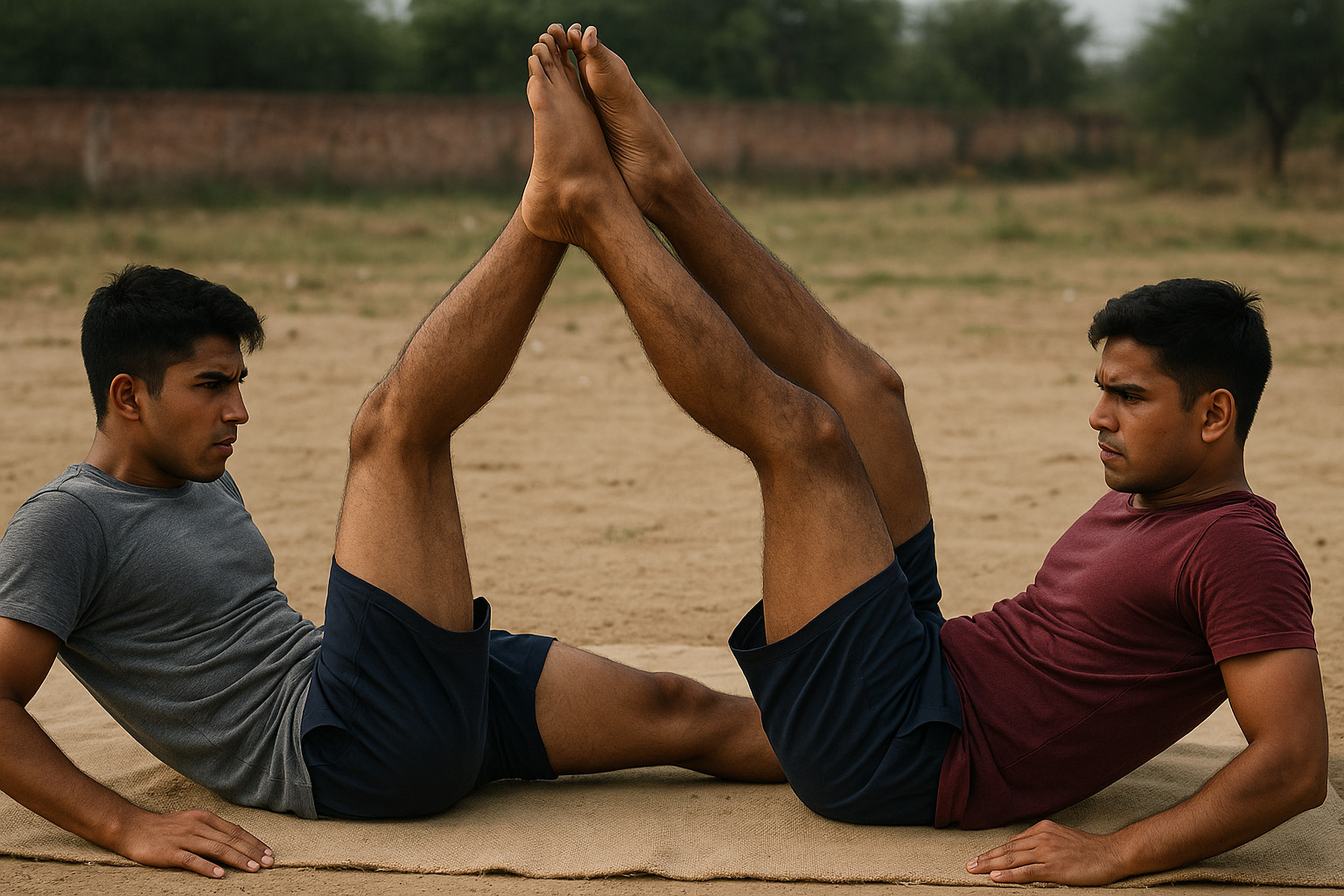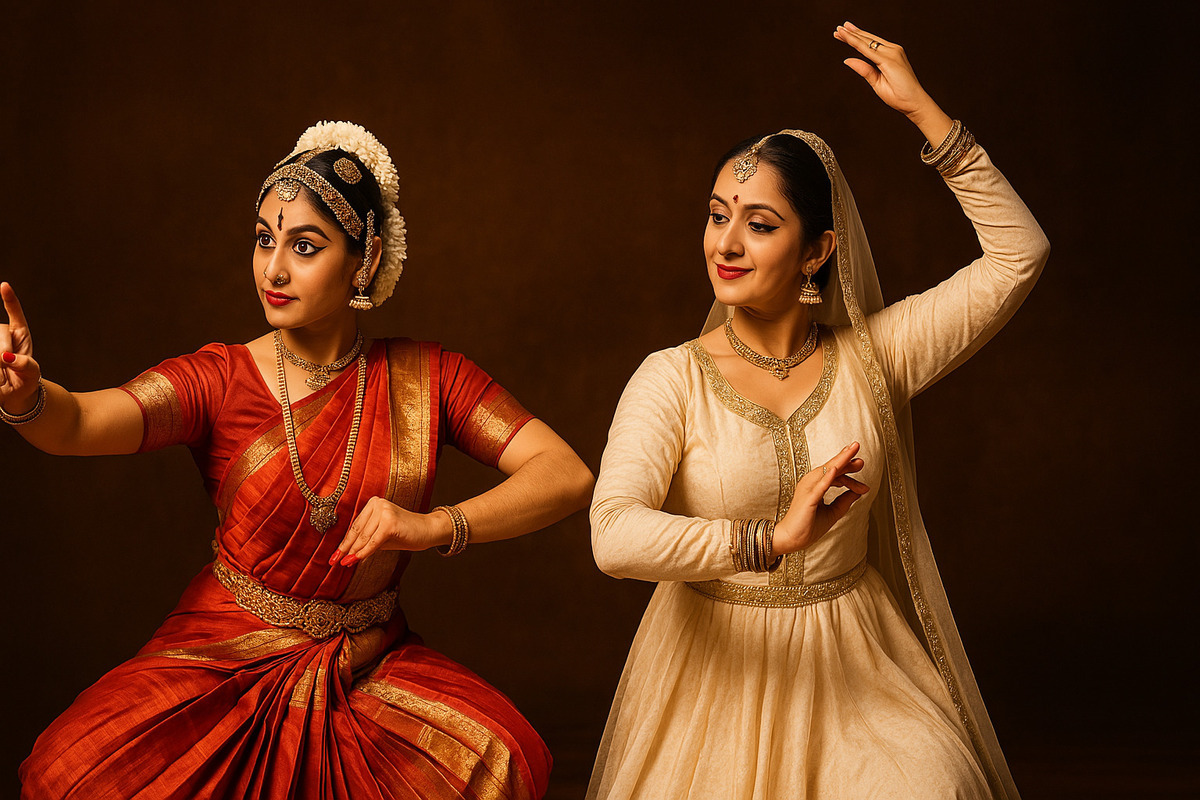
Indian leg wrestling, a test of strength and strategy, involves two individuals lying side-by-side, attempting to flip the opponent using only their legs. It’s not just a sport but a reflection of rural physical culture and community bonding across parts of India.
This traditional form of wrestling has long been a part of local fairs, school sports days, and village contests. Its simplicity and raw physical challenge attract participants of all ages. It requires no equipment, making it widely accessible and easy to organize.
How Indian Leg Wrestling Works
Setup:
- Two players lie flat on their backs, head-to-head, but facing in opposite directions.
- Their arms stay by their sides or tucked beneath them.
- One leg each—usually the right—is raised simultaneously after a count.
Objective:
- Each tries to hook their leg around the opponent’s and flip them sideways or roll them over.
- Victory is awarded if one player manages to unbalance and tip the other using leg force alone.
Standard Rules:
- Only legs may be used—hands stay grounded or behind the back.
- The leg lift must be synchronized. A referee or third person may initiate the count.
- Best of three rounds often decides the winner.
- Contact must remain above the ankle and below the knee.
- No twisting of the foot or bending the leg inward is allowed.
Key Physical Benefits
Indian leg wrestling strengthens core, hamstring, and quadricep muscles. It trains reflexes and builds lower body coordination. Since no external tools are involved, the exercise also sharpens proprioception—awareness of body position and movement.
Where You’ll See It Played
- Village Fairs: Often part of rural festivals in states like Uttar Pradesh, Haryana, and Rajasthan.
- School Sports Days: Teachers use it as a fun strength activity among children.
- Akhara Training: Some traditional wrestling schools use leg wrestling to build leg power and balance before advanced practice.
Cultural Value and Symbolism
The sport stands for self-discipline, grit, and mutual respect. Matches typically begin and end with laughter, regardless of the outcome. It’s a way of socializing, especially among young boys and teenagers, and passes down the values of courage and fair play.
In many areas, matches become crowd-pullers, with local heroes and champions emerging over years. There’s often a strong oral tradition of recounting the best bouts, further embedding it in regional memory.
5 Quick Facts About Indian Leg Wrestling
- Minimal Setup: No gear or uniforms needed.
- Gender-Inclusive: Though more common among boys, girls are increasingly taking part in school versions.
- Balance is Key: It’s not only strength—timing and positioning often decide the match.
- Safe Alternative: Lower injury risk compared to other forms of wrestling.
- Global Variants Exist: Similar games are played in parts of Scandinavia and North America, though rules differ.
Why It Still Matters
In an era of gym workouts and digital games, Indian leg wrestling remains a grassroots way of staying active and socially engaged. It retains relevance in communities valuing physical fitness, simplicity, and camaraderie. Whether as a friendly match or a serious challenge, it serves as a bridge between generations and a reminder of traditional athletic values.
How to Try It Yourself
- Find a soft surface: a mat, grassy patch, or even a carpeted floor.
- Match up with a willing partner.
- Follow the leg count, engage your core, and aim for balance, not just force.
- Keep it respectful and safe.
This is a test of power, control, and respect—not brute aggression. Winning is satisfying, but participating brings the real joy.


